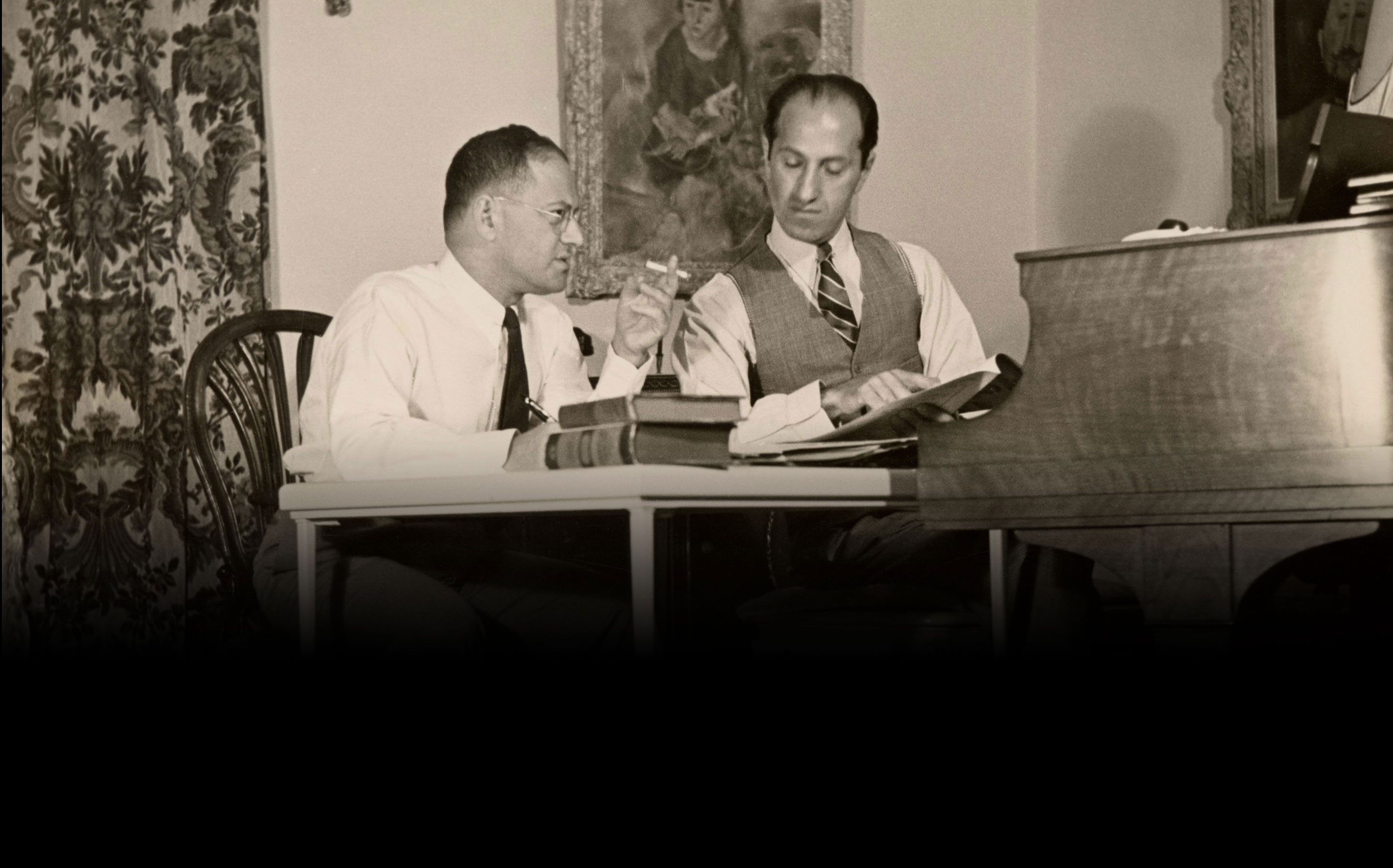THE CRITICAL EDITION
“Traditional musical scores are highly precise and prescriptive. Yet as a composer, George Gershwin sometimes presents a framework that gave performers room for invention. To determine the exact notation for his work always requires detailed research, as well as musically sensitive interpretation.”
—Mark Clague
editor-in-chief of the Gershwin Critical Edition
The Gershwin Critical Edition will be the first-ever scholarly edition of the music and lyrics of George and Ira Gershwin. It will give conductors, musicians, performers, scholars and audiences greater insight into the Gershwins’ original material and, in many cases, offer the first performance materials to accurately reflect the creators’ vision. In addition to Porgy and Bess, famous works to be included in the scholarly review include George Gershwin’s Rhapsody in Blue, An American in Paris, Concerto in F, and Cuban Overture, along with the scores that the brothers wrote together for more than two dozen Broadway and Hollywood musicals, resulting in some of the most recognizable and beloved songs in American music history. Among the dozens of immensely popular songs they crafted together were “I Got Rhythm,” “ ‘S Wonderful,” “Embraceable You,” “Funny Face,” “They Can’t Take That Away From Me,” and “Love is Here to Stay,” just to name a few.
A critical edition combines the best of historical research with the best of editorial accuracy and tradition to produce an edition that represents the authors’ work in as definitive a form as possible. There are critical editions of the plays of Shakespeare, the symphonies of Beethoven, and the poems of E. E. Cummings.
It differs from a standard edition or anthology mainly because the critical edition explains the choices made in its creation. Standard editions present a text but fail to explain the many and inevitable decisions made by editors. With essays, editorial policy statements and explanatory notes, the critical edition invites users to understand the artistry of authors more deeply.
The Gershwins’ music requires careful editing as it combines classical music, jazz, blues and popular song—artistic traditions with very different conventions of musical notation. In an art form like jazz, based on improvisation, notation in transcription is often done after the performance or the playing of the notes. A notated solo by bebop saxophonist Charlie Parker, for instance, would be recognized by his trademark phrases and musical gestures, but it would be the creation of a transcriptionist, rather than the composer. Some of George Gershwin’s most famous works, such as the piano part to “Rhapsody in Blue”, were only written down after their premiere.
In the case of George Gershwin, who often composed quickly and created versions for a variety of ensembles and contexts, current published editions contain numerous errors of notes and even inconsistencies in the numbers of measures. Scholars will determine precisely what should be included on the page to best represent the creators’ work.
